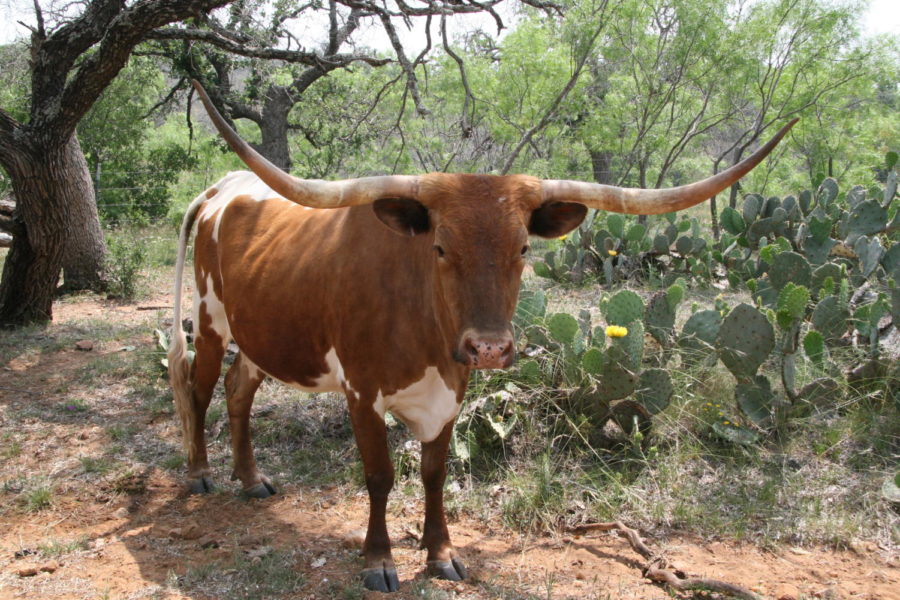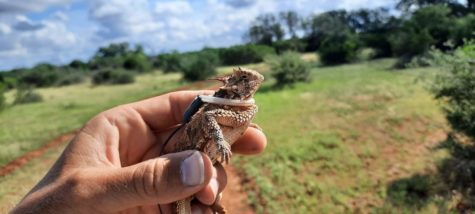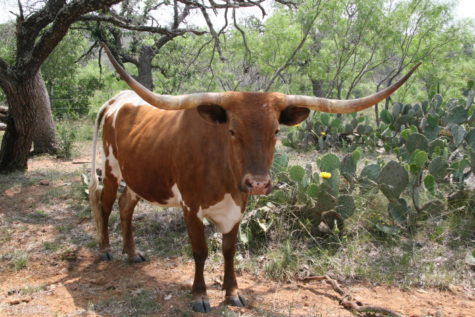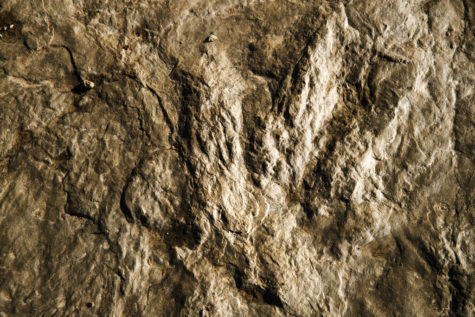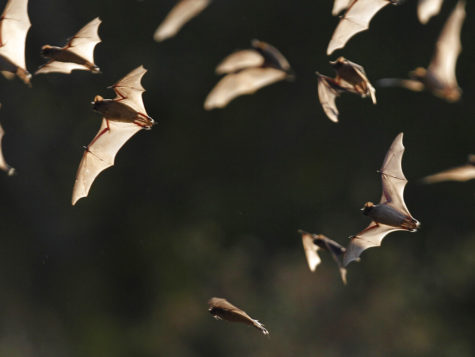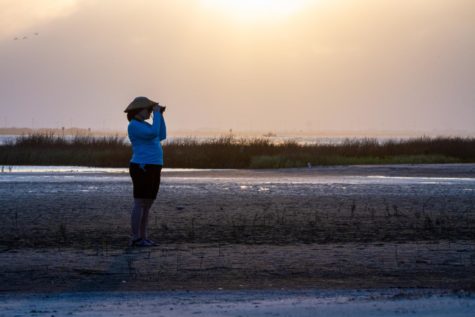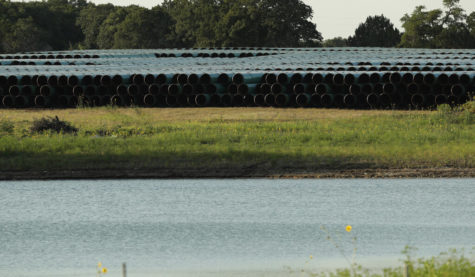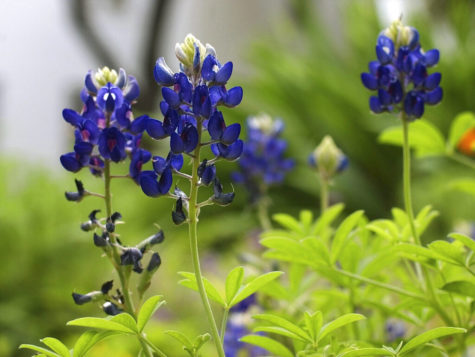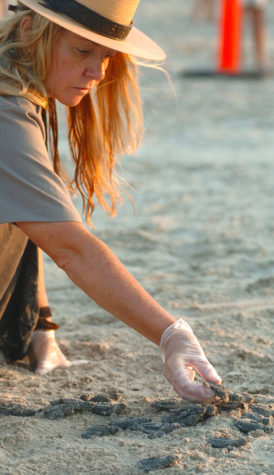The State Fair of Texas has come to town: Meet the Lone Star state animals
In this May 20, 2013 photo, a Texas Longhorn stands at the Double Helix Ranch near Pontotoc, Texas. (AP Photo/Michael Graczyk)
Published Oct 19, 2022
The State Fair of Texas has come to town, and with it comes a chance to recognize the state animals of Texas. These Lone Star standouts were chosen for their personalities, history and popularity among Texans big and small. All states have a few animal symbols – but everything is bigger in Texas, where over a dozen state animals have been recognized. These animals don’t just promote Texas pride: They serve as ambassador species, connecting people to nature and motivating Texans to preserve habitat that protects many kinds of wildlife. Step right up and meet the state animals of Texas!
State bird: Northern mockingbird
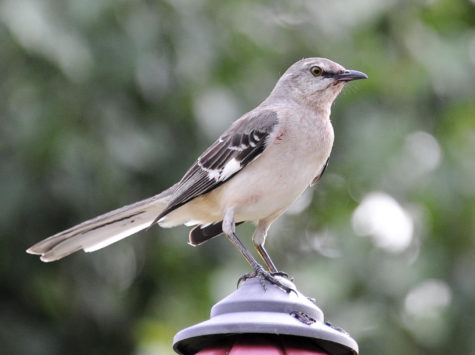
State reptile: Texas horned lizard
Adopted 1993 Conservation status: Threatened in Texas Few reptiles are showered with affection, but Texas horned lizards, or “horny toads,” are a Texas treasure. Generally docile, the lizards can shoot blood out of their eyes when threatened by predators. The lizards used to blanket prairies and ranchland across the Southwest, but habitat loss has caused the species to decline. Texas horned lizards have not been seen in the wild in Dallas-Fort Worth since the 1970s, said TCU biology Professor Dean Williams. In 1993, the state legislature designated the horned lizard as the state reptile, choosing it because of its threatened status and because it is “well known and much loved by its human neighbors.” At TCU, Williams leads a team of students in partnering with the Fort Worth Zoo, Texas Parks and Wildlife and other conservation groups to save the mascot by researching the lizard’s habits and helping with a local reintroduction program. Read more: “Comrades true: TCU students take part in Horned Frog conservation”
State insect: Monarch butterfly
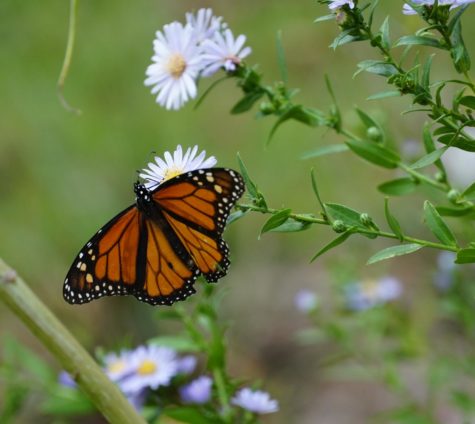
State large mammal: Texas Longhorn
Adopted 1995 “The longhorn’s distinctive profile commands an immediate association with the State of Texas.” – Texas Legislature, June 1995 Longhorns are Texas tough, built to withstand the harsh summers and snowy winters of the frontier. Their curving horns can reach eight feet tip to tip! Longhorns are a mix of Spanish and English cattle popular in the 1800s. However, by the early 1900s, only a few small herds remained, according to the Texas State Historical Association. The longhorns were saved on wildlife refuges in Oklahoma and Nebraska – with financial support from none other than Sid W. Richardson, a TCU namesake. Check out seelonghorns.com to find longhorn herds in the area (or look for burnt orange at a TCU athletics game).
State small mammal: Nine-banded armadillo
Adopted 1995 Conservation Status: Stable In 1995, elementary school children voting on the state mammal cast an equal number of ballots for the Texas longhorn and nine-banded armadillo, the only armadillo native to North America. With the results in a dead heat, the state legislature divided the honor in two, naming the longhorn the official Large State Mammal of Texas and the armadillo its smaller counterpart. The nine-banded armadillo is best known as a digger. It uses its long front claws to forage for insects and termites and create burrows underground. While it can be a hassle for gardeners, its abandoned burrows often become homes for other critters like rabbits, snakes, burrowing owls and skunks. The nine-banded armadillo may not be able to roll up into a ball, but its scaly armor still provides protection from predators like coyotes – but not from cars. Slow down, cowboy.
State flying mammal: Mexican free tailed bat
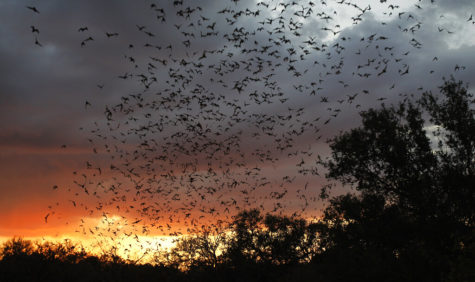
More state animals
State fish: Guadalupe bass, 1987 State dog: Blue lacy, 2005 State amphibian: Texas Toad, 2009 State horse: American Quarter horse, 2009 State saltwater fish: Red drum, 2011 State sea turtle: Kemp’s ridley sea turtle, 2013 State pollinator: Western honey bee, 2015 State crustacean: Texas Gulf Shrimp, 2015
Honorable Mention: State dinosaur – Paluxysaurus jonesi
Adopted 2009 Conservation Status: Extinct Paluxysaurus jonesi, a relative of Brachiosaurus, weighed 20 tons, stood 12 feet high at the shoulder and stretched to 60 feet long. The dinosaur lived in the Early Cretaceous period, 115 to 110 million years ago, and was first discovered on the Hood County ranch of Bill and Decie Jones near the town of Paluxy, giving the dinosaur its name. Paluxysaurus tracks have also been found in Glen Rose at Dinosaur Valley State Park. The Jones Ranch has one of the largest accumulations of sauropod bones in North America, but scientists labored for more than a decade to excavate the hundreds of bones from the hardened sandstone, according to Southern Methodist University researchers. The first full-scale skeleton of the species ever on display was exhibited at the Fort Worth Museum of Science and History in 2009, allowing the public and scientific community of modern-day Texas to meet Paluxysaurus.
Humans and animals alike depend on Texas ecosystems to survive. Being in the spotlight gives our state animals a much-needed boost in attention and funding for conservation that can help them and other Texas wildlife. By celebrating and learning about these species, Texans can prevent them from going the way of Paluxysaurus.
Were you paying attention?
Quiz Photos: Turtle rescue: AP Photo/The Caller Times, Todd Yates; Pipeline, bats: AP Photo/Eric Gay; Bluebonnets: AP Photo/Harry Cabluck; Birder: Joshua J. Cotten/Public domain; Dinosaur tracks: AP Photo/Matt Rourke; monarch: courtesy of Ashley Coles

